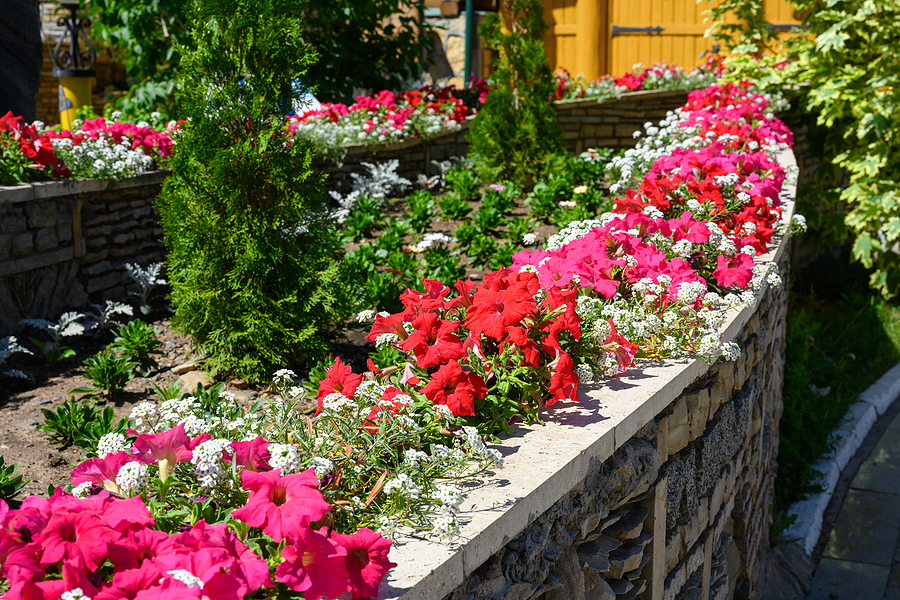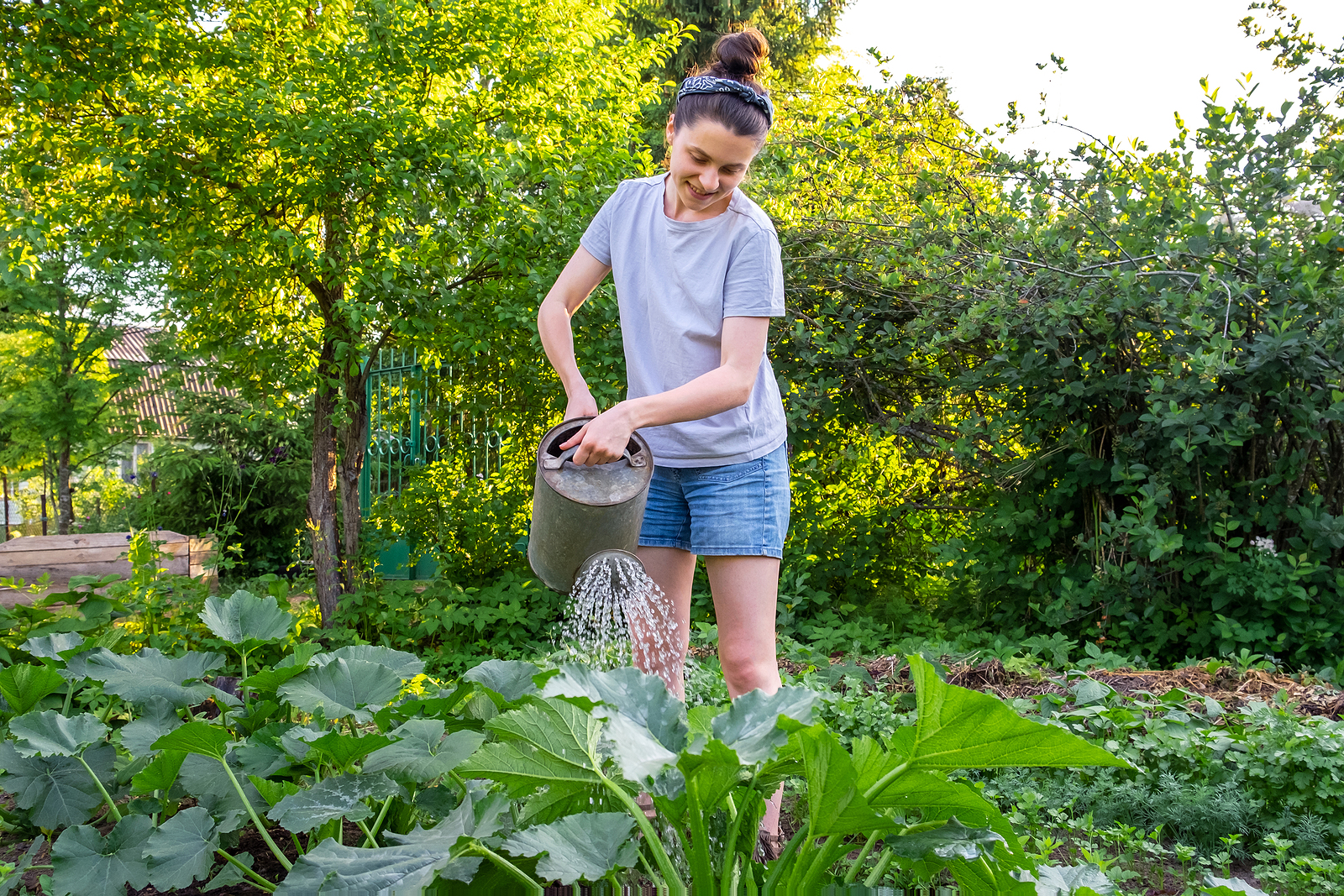Whether you have seeds starting indoors or you plan on buying starts from the nursery, your flowerbed awaits – so let’s get those plants into the ground.
Choose the right spot for the right plants
Beginner gardeners typically make the mistake of not scoping out the perfect spot in the yard in which to plant a flower garden. The “perfect” spot is the one that gets the amount of sunlight that your plants will require.
Keep notes of the location of the sun as it moves across the yard. Then, choose a spot where your flowers will get the entire amount required for their growth. You can learn about plant requirements on gardening websites online.
Then, make a list of those that you want to grow.
Next, do some research about each plant as to its eventual size (height and width) and take note of this information. You will need it to determine how far about to plant each plant.
Prepare the soil
Give those young, tender plants all the help you can to get them off to a healthy start. Begin by removing any debris that winter swept into the planting area.
- Next, pull weeds and dispose of them. Yes, you can also compost them. Follow the instructions you’ll find online at EpicGardening.com.
- Sift through the top few inches of soil and remove any rocks or other items that you find.
- Amend the soil with compost or well-rotted manure. Use about 2 inches and mix it into the top 6 inches of the soil.
- Finally, water the soil slowly and deeply.
Harden off your plants
Another beginning gardener mistake is not allowing your new plants to acclimate to their new environment.
This process is known as “hardening off.” Begin the process two weeks before you want to plant them into the flower bed.
Find a shady spot outdoors, that’s protected from the wind. Leave the plants outdoors in the chosen spot for an hour on the first day. Gradually increase the length of time they spend outdoors over the next week to two weeks.
During this period, if temperatures dip below 45 degrees Fahrenheit, bring the plants indoors.
You’ll also want to cut back on watering, but don’t allow the soil to completely dry. If you notice any wilting, water immediately.
Visit almanac.com for a video walk-through of the hardening-off process.
Let’s get planting
Dig the planting holes to the same depth as the pot in which the plants are growing, but two times the width.
It’s important not to damage the main stem when you remove the plant from its pot. Place your hand under the foliage, but over the top of the pot, and then turn the pot over. The plant should slide right out but if it doesn’t, press gently around the sides of the pot and then tap on the bottom.
Place the roots of the plant into the hole and backfill it with the soil you removed when digging. Finally, water slowly. This helps remove air pockets in the soil and settle it.
Don’t forget the mulch
Mulch is the workhorse of every garden. It helps regulate the soil’s temperature, helps the soil retain water, and discourages weed growth.
Organic mulches, such as shredded leaves, grass clippings, shredded bark, or wood chips are ideal. These materials break down over time, adding nutrients to the soil.
Whichever type of mulch you decide to use, you’ll need at least a 2-inch layer (more is better), spread around each plant. Avoid rot by ensuring that the mulch is at least 6 inches from the base of each plant, spread to the dripline
There you go – your new spring flower bed. As long as you keep an eye on the moisture in the soil (don’t under or over-water), you’ll have a blanket of color to last all season long.














